For running and cycling, some of the best yoga poses for endurance athletes are known as “low lunges.” They stretch the thighs and groin region and are particularly beneficial for runners because many of them suffer from tight hips and underactive gluteal muscles. This condition can lead to knee and low back pain. While performing low lunges, athletes should focus on the muscles in their hips and focus on keeping them relaxed. One variation of this pose involves walking the hands up until the body is stable.
Downward-Facing Dog
For runners, Downward-Facing Dog is a particularly great post-run stretch. The leg-lengthening motion helps to open the body and stretch out the calves and hamstrings. The pose also helps counteract the compression caused by long hours on the road. It also helps to keep the chest open and the hips lifted. But, perhaps the best thing about Downward-Facing Dog is its ability to stretch and open the whole body.
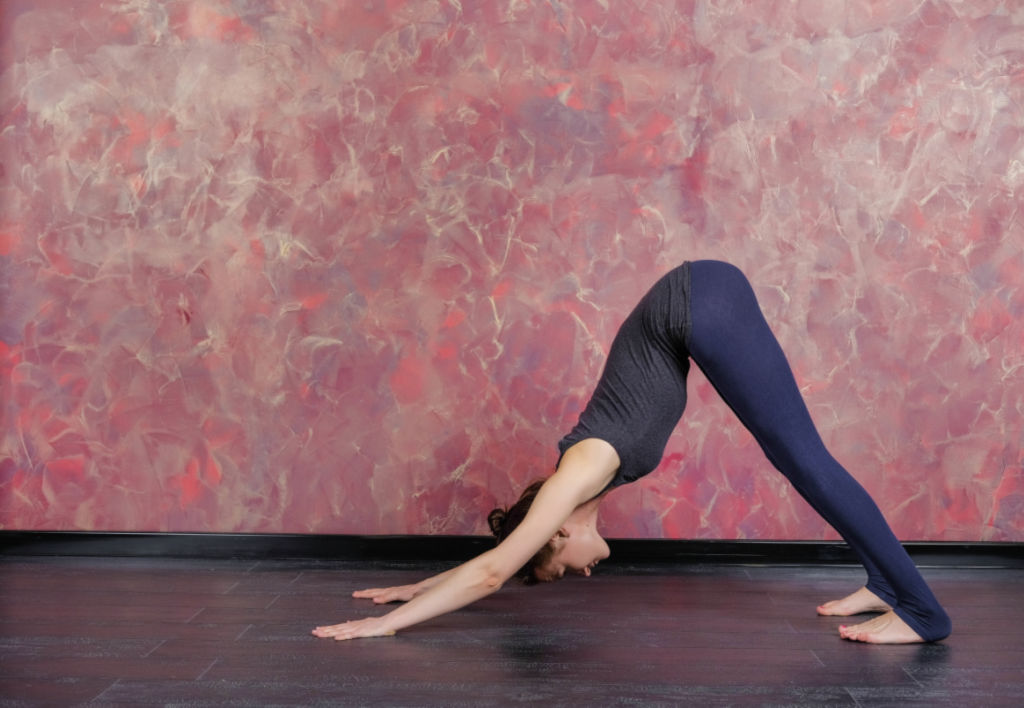
Runners know that the upper body is an integral part of their training. They get up at 4 a.m. each morning to train. Their bodies are often strained and aching from training long distances. But, they are also able to squeeze in a few hours of yoga per week. The key to success is consistent practice.
Dolphin Pose
The Dolphin Pose is a challenging variation of the traditional Headstand pose that works the arms and shoulders. The forearms should be parallel to the floor, and the wrists should be shoulder distance apart. The elbows should also be in a relaxed, neutral position. To avoid elbow splay, use a pillow or prop to keep the arms flat. In addition, the front and back of the torso should be equally stretched.
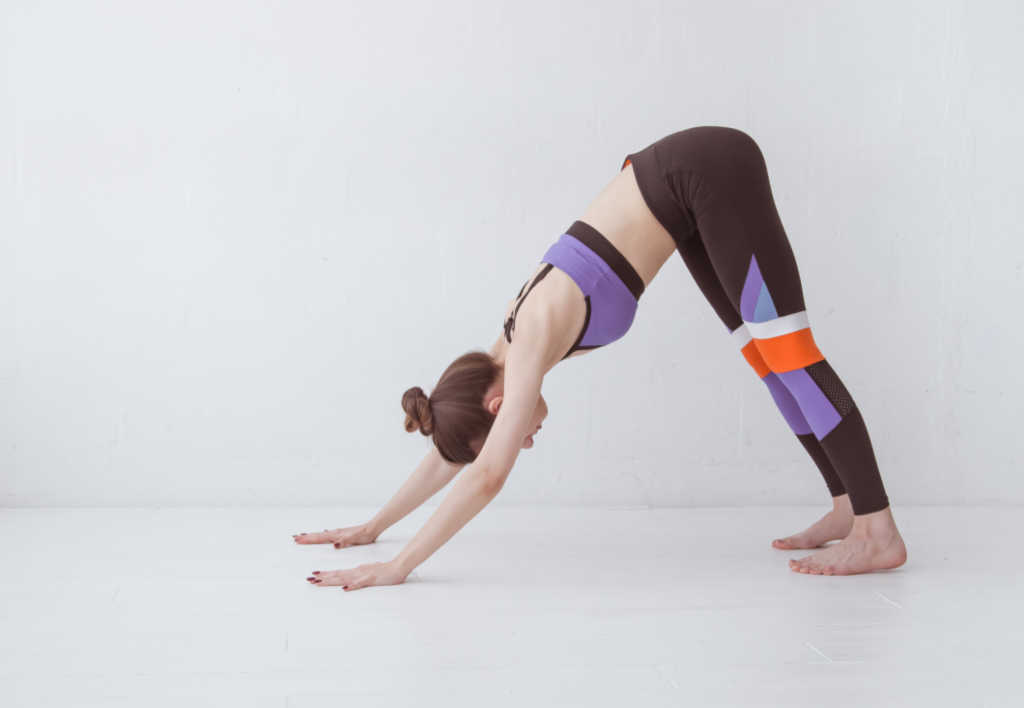
A good way to learn Dolphin Pose is to go upside down! Getting upside down feels incredibly liberating. Yoga inversions have many mental and physical benefits, but you need to be flexible, strong, and confident to try one. For people who are not ready for a full inversion, Dolphin Pose is an excellent choice for developing core strength and flexibility. In this asana, the shoulder muscles and scapular area are targeted.
Triangle Pose
If you’re an endurance athlete, you should incorporate the triangle pose into your workout routine. This pose stretches your hip flexors and other muscles surrounding your knee and ankle joints. It also strengthens your back and obliques. The legs and ankles are important for running and cycling, so practicing this yoga pose will increase your strength and flexibility. The triangle pose is beneficial for many athletes, but it is particularly effective for those who regularly run long distances.
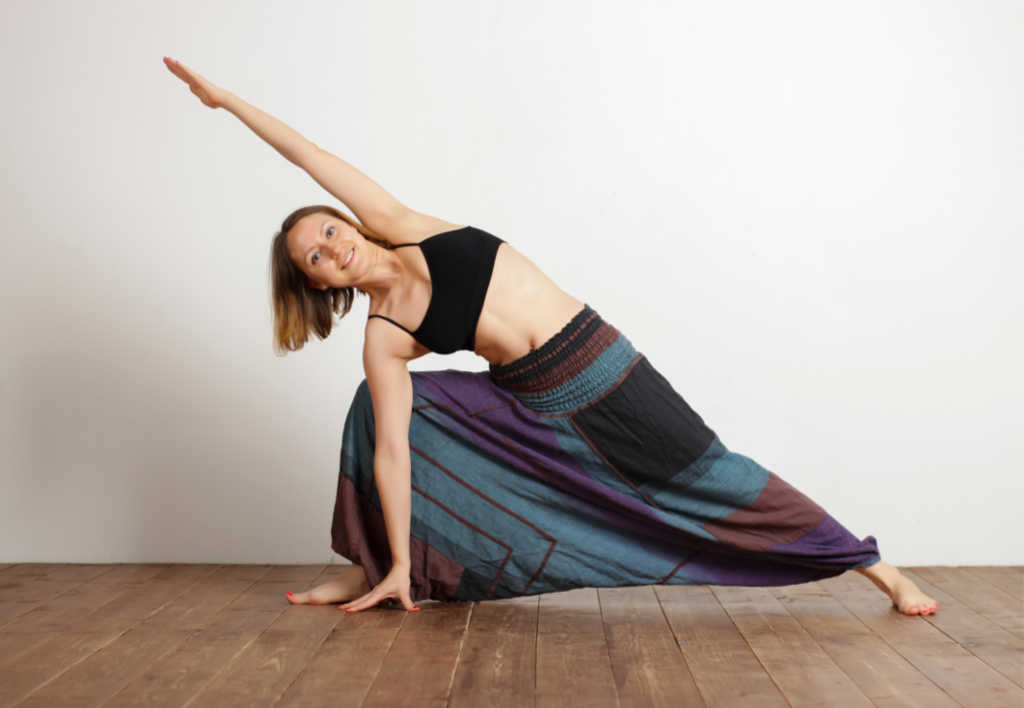
Triangle Pose is particularly beneficial for runners, as it helps them center their bodies and relieve built-up tension. It also re-aligns the spine and chest, two essential parts of the body during strenuous physical activity. It also stretches the hips and lower legs, which are commonly hunched during running. The pose also helps runners relieve their hip pain and hamstring tension. For more information, visit the Triangle Pose page.
Cobra Pose
Cobra Pose is considered one of the best yoga poses for endurance athletes, as it strengthens the lower back and spine and counteracts the negative effects of prolonged sitting. This pose may be uncomfortable for people with back pain, though it can be an extremely beneficial stretch for people without back pain. In any case, if you feel any pain in your back, it’s likely caused by weak muscles.
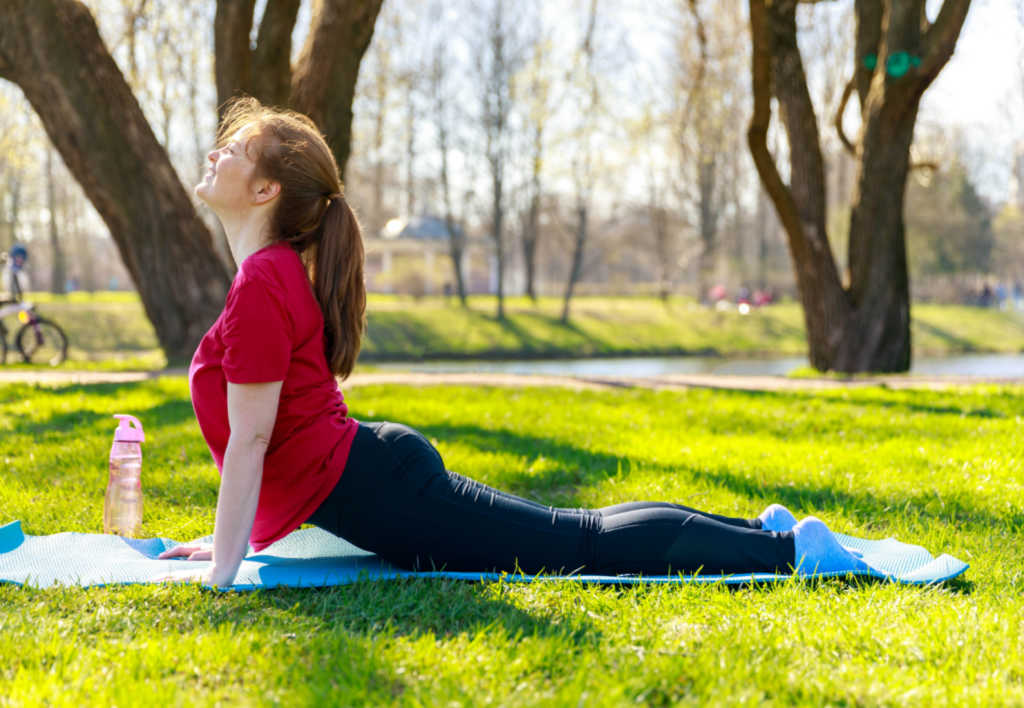
This posture helps strengthen the back and core and stretches the lower back and shoulders. It also helps to improve balance and posture. To perform this pose, you should lie on your belly with your legs behind your ribs. Next, you need to place your palms flat on the mat near your ribs. Extend your chest to lift it off the mat. By engaging your back muscles, you’ll feel energized while you’re doing this exercise.
Bow Pose
Place yourself on your stomach and place your hands by your sides with the palms facing up. Knees should be bent and heels should be brought as close to the buttocks as possible. Grab hold of your ankles while keeping your knees hip-width apart from one another. Point your toes.
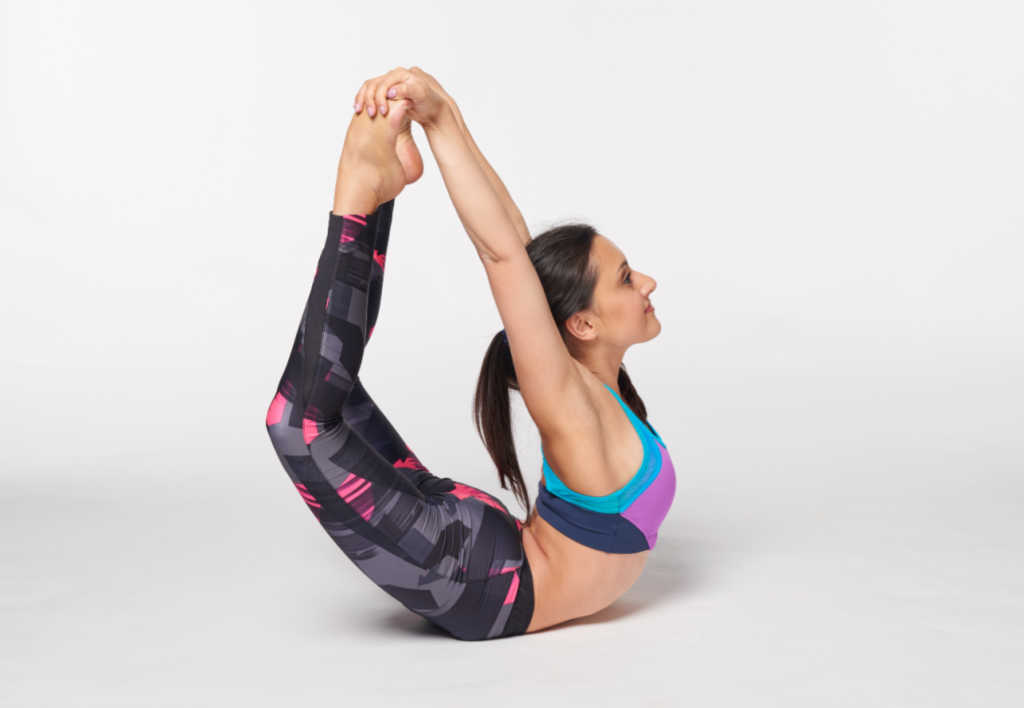
Raise your head, torso, and thighs off the ground while simultaneously lifting your heels away from your butt. While you are moving your arms, slowly twist your shoulders. At the top of the lift, the only part of your body that should be contacting the floor is your core. As you move further into the stretch, draw your tailbone in toward your spine. Reduce your speed and descend back down.





